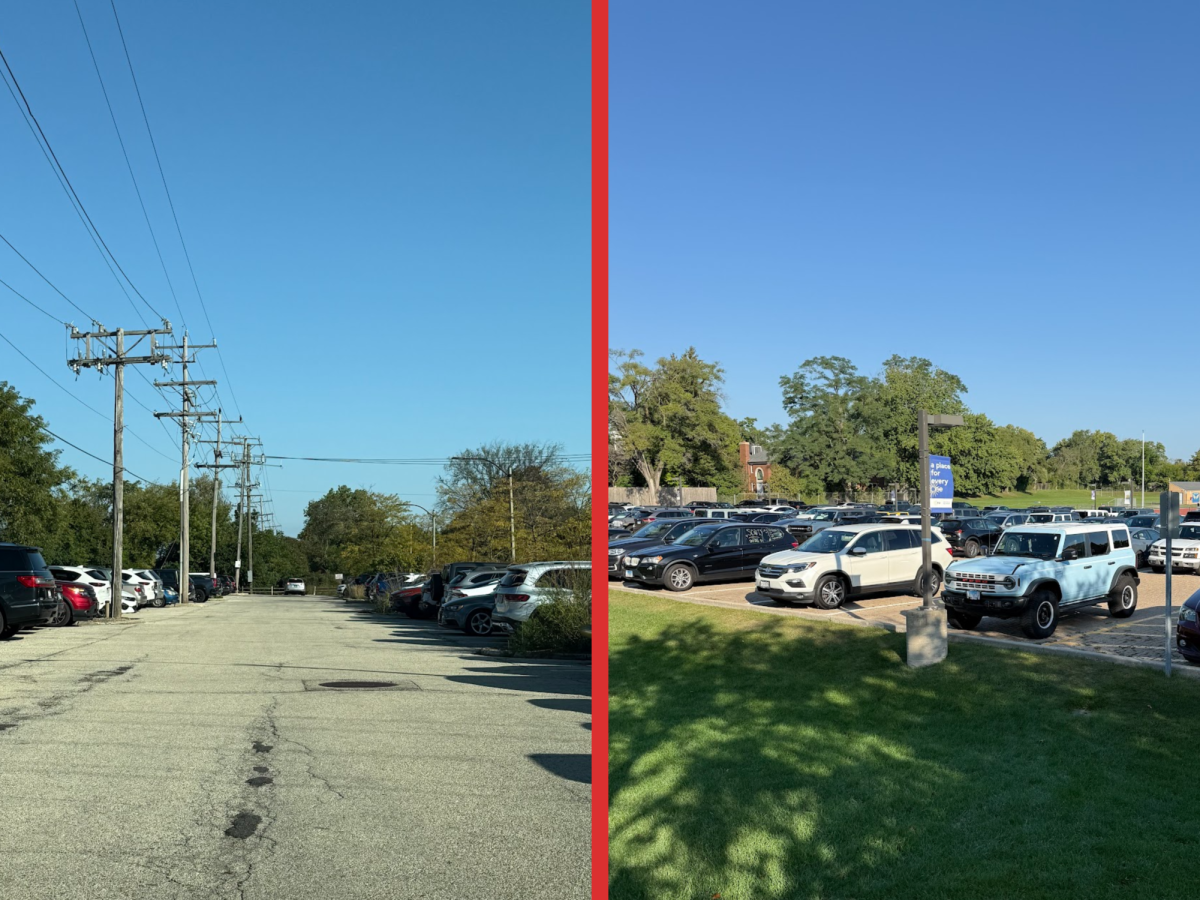Tasty, a branch of the popular news source, Buzzfeed, began on July 31, 2015 and has become a source of satisfaction for Facebook viewers everywhere. Most videos are viewed about 20 million times, accumulating 250,000 likes with relative ease. Tasty viewers are constantly sharing and tagging their friends in the cooking or baking videos, causing the videos to pop up in their Facebook friends’ feeds and feast on even more eyes. Segments such as “Cupcakes 4 Ways” and “One Pot Creamy Bacon Pesto Pasta” are two that top the viewing charts with 41 million and 35 million views respectively. To put that into perspective, that is the entire population of California in addition to the population of the city of Chicago–all watching a video.
We all know and love “Tasty” and watch their videos on repeat, from typical Parchment Baked Chicken and Banana Bread to more extravagant Churro Ice Cream Bowls and Spicy Tuna Rice Burgers. I find myself watching them sometimes for an hour straight, continuing to click the right arrow button, video after video, recipe after seemingly easy and feasible recipe. However, I’ve found myself wondering what exactly makes these videos so addicting, beyond the obvious fact that the food being prepared is more often than not extremely appetizing. And we’re hungry.
Tasty videos are extremely sped up and the “floating hands” of the invisible master chef complete the recipes in a minute’s time. They make cooking seem effortless, straightforward, and elementary. There is something oddly satisfying about seeing cheese melting into a pasta dish or Mac n Cheese breadsticks turning golden brown in an oven. Also, the flow of each video is seemingly endless… they just keep coming– no ads, delays, or distractions to break a viewers’ attention.
I don’t think that Tasty’s attraction wholly comes from what they’re making, because I watch every video– whether the “floating hands” are preparing something I think looks incredible (Hello, Caramel Pretzel Chocolate Chip Cookies!) or something I classify as disgusting (Sorry, Chicken Alfredo Lasagna). The creation of a meal in a mere minute is the affect that keeps the viewers’ eyes locked in. Furthermore, I haven’t met many people who have even made a recipe from a Tasty video (special congratulations to rookie cook and TFS podcast superstar Chris Cavalaris), which is ironic because the reason Buzzfeed began to post them was to show how to make recipes in a 21st century format. Still, I’m sure Buzzfeed’s rationale for posting the copious amount of recipe tutorials has since been altered–they know that the videos attract millions of viewers just because the process is so mesmerizing.
So here’s what I’ve concluded: the appeal of Tasty videos doesn’t come from what they’re preparing. Instead, it stems from how simple and quick the recipes are made, when in reality they’d probably take an entire day to achieve the look and assumed deliciousness that the final product in the video suggests. The satisfaction of seeing dishes completed one after another in a minimal amount of time is enough to make 80 million–and counting–Facebook users subscribe to the page to watch the recipe tutorials on a daily basis. In a day and age when rapidity is often praised over process, it is no surprise that Tasty videos have become more popular than cooking shows on television. The resonance of Tasty, however, is multifaceted. It is getting people in the kitchen to cook for themselves, but is also presenting the process of cooking a full, detail-specific meal as an easy endeavor, which any cook can attest against.
I’ve never made a Tasty recipe, nor am I inclined to, which puts me in the minority these days, even among students of the high school age. But I can promise that Tasty videos will continue to enthrall me and all Facebook users for as long as the videos continue to be published.







